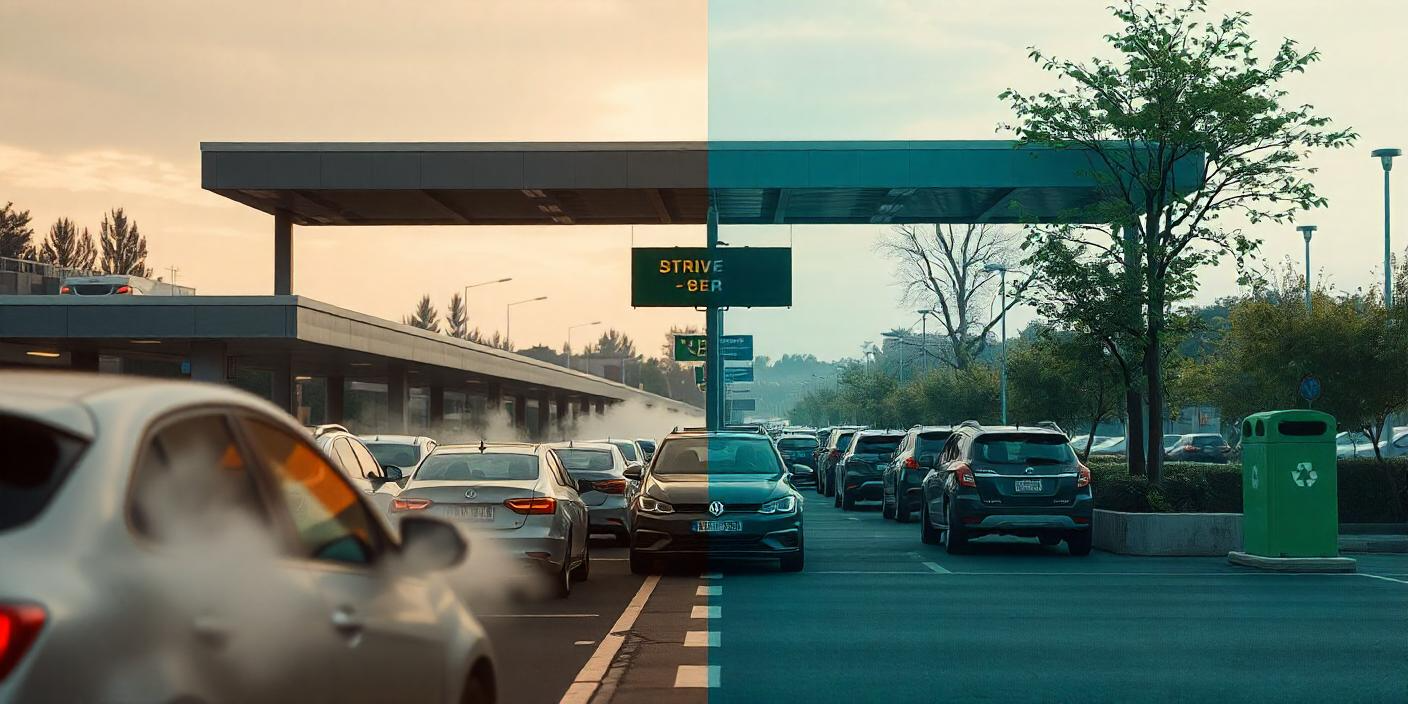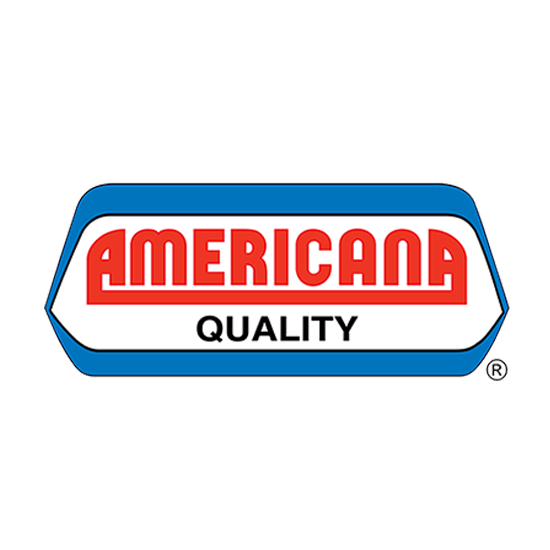The Environmental Impact of Drive-Thru Services

Introduction
Drive-thru services have become increasingly popular in various industries, offering convenience and quick access to goods and services. While they may seem convenient, it is essential to consider their environmental impact. This blog explores the environmental consequences of drive-thru services and highlights the need for sustainable alternatives.
Increased Carbon Footprint
One of the primary environmental concerns associated with drive-thru services is the increased carbon footprint. Vehicles idling in long queues emit substantial amounts of greenhouse gases, contributing to air pollution and climate change. Studies have shown that drive-thrus can generate up to 1,000 grams of carbon dioxide per vehicle, depending on the waiting time. With drive-thru popularity on the rise, the cumulative impact on air quality and carbon emissions becomes significant.
Excessive Energy Consumption
Drive-thru operations require a significant amount of energy to power outdoor menu boards, intercom systems, and other infrastructure. These systems often operate continuously, leading to substantial energy consumption. Additionally, drive-thru facilities typically rely on artificial lighting during both day and night, further contributing to energy waste. Such excessive energy consumption adds strain to already stressed power grids and increases the demand for fossil fuel-based electricity.
Waste Generation
The convenience of drive-thru services often comes at the expense of increased waste generation. Disposable packaging, single-use utensils, cups, and straws are commonly handed out to customers on the go. Unfortunately, many of these items end up in landfills or polluting the natural environment, contributing to the global waste crisis. The abundance of packaging materials associated with drive-thru services further exacerbates the already pressing issue of plastic pollution.
Loss of Green Spaces
The construction and expansion of drive-thru facilities often lead to the loss of green spaces. As drive-thrus become more prevalent, natural areas, trees, and vegetation are frequently cleared to make way for these establishments. This destruction of green spaces not only diminishes the aesthetic appeal of communities but also disrupts ecosystems and reduces urban biodiversity. The loss of green spaces can have long-term negative consequences for air quality, temperature regulation, and overall well-being.
Conclusion
While drive-thru services offer convenience and efficiency, it is crucial to recognize and address their environmental impact. By raising awareness about the carbon emissions, energy consumption, waste generation, and loss of green spaces associated with drive-thrus, we can encourage the adoption of sustainable alternatives. Businesses and consumers alike should explore innovative solutions such as curbside pickup, bike-friendly drive-thrus, or encouraging customers to dine in, which can help reduce the environmental footprint of drive-thru services. By prioritizing sustainability, we can minimize the negative effects and work towards a greener and more eco-friendly future.





































